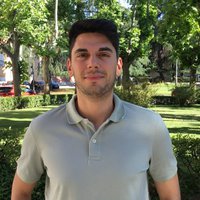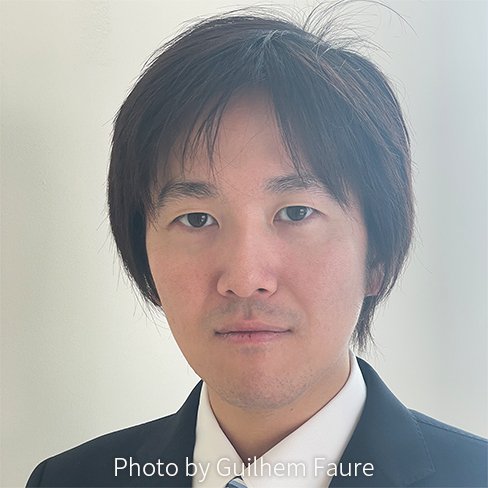Biotechnology & medicine
Makoto Saito
Conquering the issue of CRISPR-Cas9, a spirited researcher who expands the possibility of treatment with genome editing.
Guilhem Faure

China
Qian Wang
Vaccine and virus prevention strategy by identifying key amino acid residues.

China
Youwen Zhang
Continuous electrosynthesis of ammonia from N2 reduction and H2 oxidation at ambient pressure and temperatures.

MENA
Hadeel Elayan
Utilizing Terahertz-Electromagnetic signals to sense and control protein folding using plasmonic nano-antennas.

Europe
Victor Victor Rodriguez Lopez
Researcher, VioBio Lab
